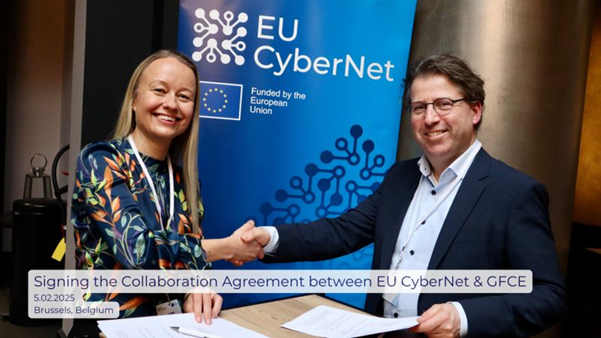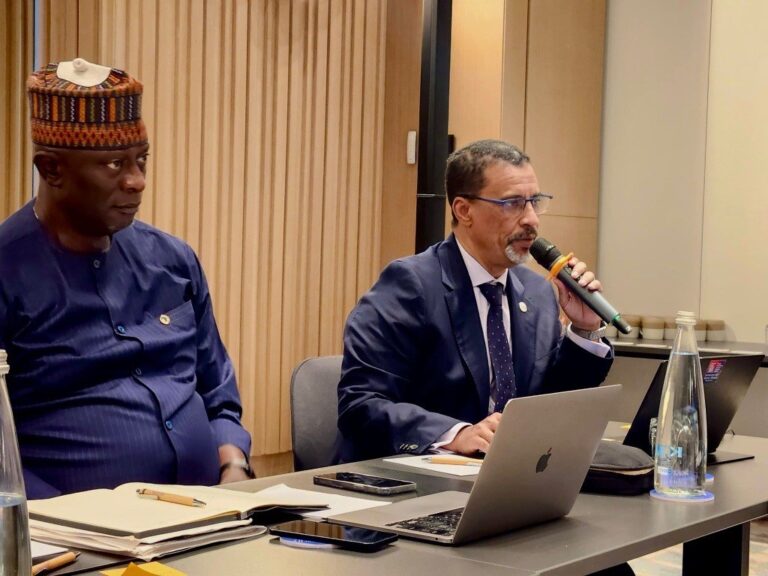By: Jaqueline Pateguana, Clearing House Coordinator
In the face of escalating cybersecurity risks, the GFCE Clearing House tool remains crucial in coordinating cyber capacity building initiatives at local, regional and global levels. By offering tailored assistance, it connects members of the GFCE community to resources and expertise, fostering collaboration to address the increasing threats to cyberspace and, more broadly, economic stability.
In today’s digitally interconnected world, cybersecurity threats have reached unprecedented levels, transcending borders and posing significant risks to national security, economic stability and public safety. Recognizing the imperative need for a coordinated cyber capacity building response, the GFCE Clearing House mechanism seeks to synergize efforts and facilitate the exchange of expertise and resources within the GFCE community. At its core, the GFCE Clearing House provides tailored assistance to GFCE member countries with cyber capacity needs. This is achieved by matching those members to GFCE partners and implementers who can offer cyber capacity support.
Since its establishment in 2015, the GFCE Clearing House has facilitated several successful CCB projects. And while the success of different projects or initiatives can depend on many factors, the following three are critical:
1. A clear political mandate
A political mandate is indispensable for the success of any GFCE Clearing House project. It clarifies the entity with the governmental authorization for cybersecurity as a whole, or the initiative in particular. Additionally, it demonstrates the commitment that legitimizes and propels the CCB initiative forward.
With a clear political mandate, stakeholders are given clarity on who has the purview for a particular initiative, thereby avoiding the risk of identical interventions, or duplication of efforts, at a national level. Similarly, with a clear political mandate, a CCB project is more likely to receive the necessary support (in-kind or financial), stakeholder engagement and cross-sector collaboration because the mandate alone can serve as a clear signal that the GFCE member country is devoted to safeguarding its digital frontiers in a coordinated manner, thereby fostering an environment conducive to comprehensive, strategic planning and robust execution of cybersecurity measures. This level of official support is particularly crucial in cyber capacity building, where rapid response and adaptation to the evolving threat landscape are necessary.
2. Strategic vision for securing cyberspace
The strategic vision for securing the nation’s cyberspace is a second critical success factor. Strategic vision, articulated through a strategy or action plan, provides a comprehensive roadmap for protecting a nation’s critical information infrastructure and digital assets against cyber threats. Much like a clear political mandate, an actionable strategic vision that outlines how a nation intends to bolster its cyber capacity can also serve to demonstrate the GFCE member country’s coordinated response to cyber threats, enhancing national security and public safety, and is therefore often requested to showcase the country’s medium and long term goals for protecting its digital assets.
It is important to note that this high-level strategic vision should also be aligned with the mission of the GFCE — to promote an open, free, peaceful, and secure digital world. An open and free digital environment not only encourages innovation by allowing information to flow freely, but it also aligns with the protection of fundamental human rights, including freedom of expression and the right to privacy. In essence, observance of the principles of open, free, peaceful, and secure cyberspace contributes to creating a safer, more inclusive, and more prosperous global society — the values on which the GFCE community is built.
3. Adequate institutional arrangement
The final element for a successful GFCE Clearing House case is the presence of a national institutional arrangement to support the roll-out of the project. An effective governance framework is critical for two reasons. First, to ensure that the project’s execution is in alignment with the country’s strategic vision. Second, to ensure that the country can strengthen and sustain cyber capacities at a national level.
While the GFCE Clearing House mechanism connects GFCE Member countries with partners and implementers who have offers of cyber capacity, it is ultimately the responsibility of the requesting country to drive the initiative. To achieve this, GFCE member countries need agile teams that can respond to immediate challenges and have the strategic capacity to plan for the medium and long term. The local teams should be familiar with the local context in which the initiative is being rolled out — safeguarding the cultural and sociopolitical context.
This self-reliance ensures the project’s sustainability and safeguards the nation’s overall longevity and self-sufficiency in managing and advancing its cybersecurity capacities, as the teams will leverage knowledge transfer for future CCB activities.
Conclusion
As the cyber threat landscape continues to evolve, delivering successful CCB programming becomes more pressing. While this list doesn’t contain every factor required for a successful GFCE Clearing House project, addressing these three critical success factors — having a clear political mandate, a strategic vision for cybersecurity and an adequate institutional arrangement — will not only lay the foundation for coordinating CCB efforts but also ensure the sustainability and effectiveness of CCB programming, ultimately fostering a resilient cyberspace.




